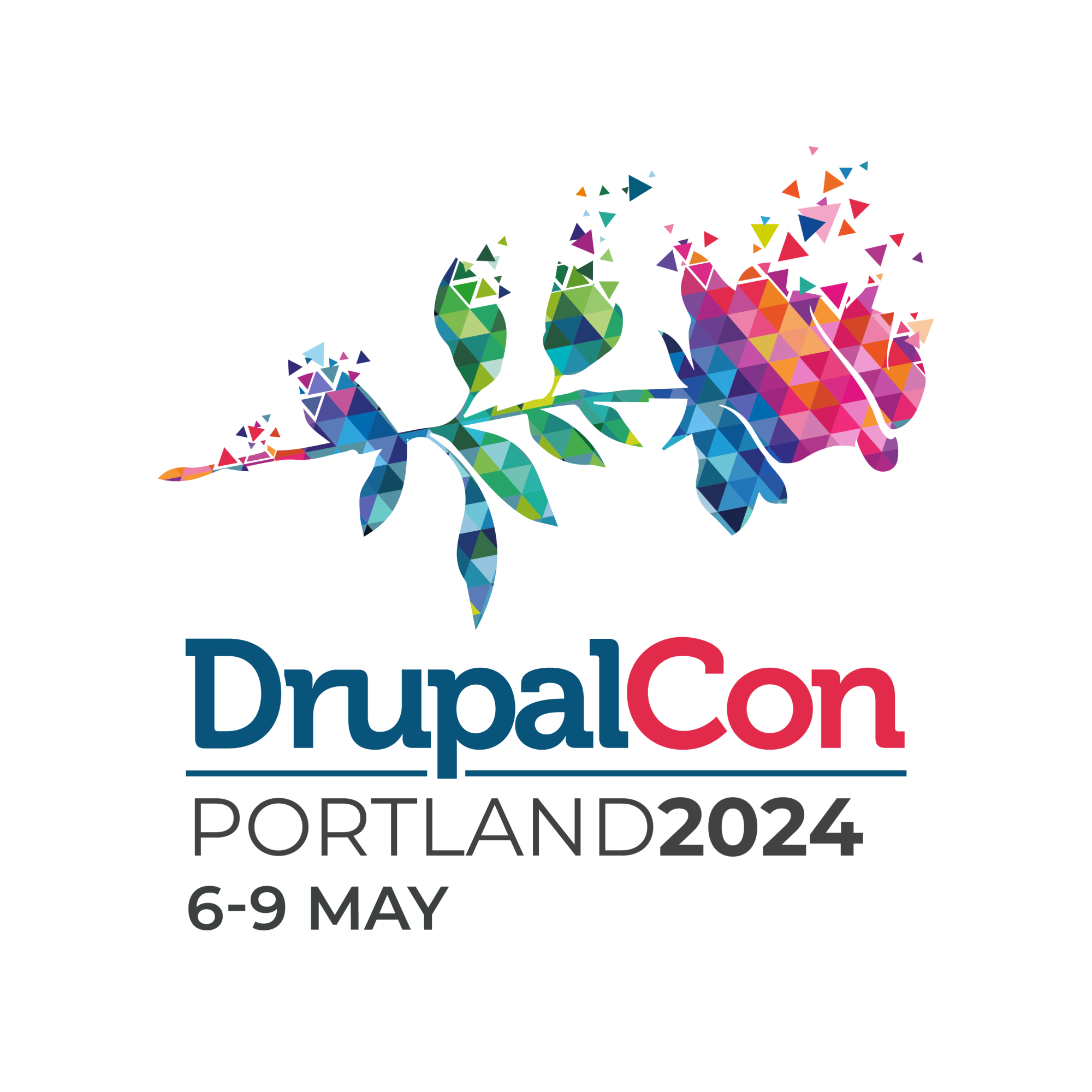Midway through 2022, we continue to adapt to the most significant workplace disruption in decades. Talent Experience and human-centric workplaces remain the center of focus to leverage a highly skilled and resourceful workforce to ensure the success of organizations and the future of work.
As hiring disruptions from 2020 trends play out, leaders tackle the best ways to attract top-performing freelancers and retain A-list employees. Here are some of the ongoing hiring trends for 2022.
1. Employers Fully Embrace Remote and Hybrid Work
At the beginning of 2022, a Harvard Business Review article cited that more than 90% of employers plan to adopt hybrid working models to retain and attract employees.
Employee turnover continues to increase as hybrid and remote work become the norm for knowledge workers. Employees are demanding remote and flexible work arrangements, and returning to the office is becoming less common.
According to Gartner’s research, flexibility over when, where, and how much employees work fuels employee performance. When allowed to work with “Radical Flexibility,” the percentage of high-performing workers increased by 19%.
Organizations know that demanding their workforces return to the office will exacerbate turnover rates. More than half of employees said their ability to work flexibly would impact whether or not they choose to stay with their current employers.
“Forcing employees into non-flexible work arrangements could leave organizations vulnerable to talent being actively poached by employers offering the kind of flexibility employees have come to expect during the pandemic. Employees have proved they can be productive when remote and are now challenging employers to articulate why they should return,” says Brian Kropp, Chief of HR Research, and Gartner.
As of May of 2022, a survey cited in Forbes of human resource leaders from Conference Board, a nonprofit research group, reveals that only 4% of employers are making everyone return to the office.
The Conference Board’s research also found that 90% of the surveyed employers are allowing hybrid work schedules, which is in line with the findings from the Harvard Business Review, supporting the existing trend.
2. Well-Being Remains a Top Priority for Employee Retention
Hybrid work schedules and creating human-centric workplaces are some strategies organizations adopt to contribute holistic well-being of staff. Mental, physical, and financial good health continues to be the main driver for employee retention.
Flexible hybrid work models give employees more opportunities to strike a work-life balance. They have more time to manage their lives between family, friends, and physical and social activities that support overall well-being. The time savings on commutes and gas, parking, and public transportation costs during sharp increases in inflation give workers the chance to save money.
In addition to flexible work environments, creating human-centric workplaces that champion health and reduce human reaction to workplace stress requires more than focusing on health care benefits. Employers must provide self-care opportunities, including wellness or mental health days and paid time off.
In the fall of 2021, a Monster report estimated that 1 in 3 people view their job negatively impacting their health and well-being. Mental health days are flexible, impromptu days that employees can utilize to focus on having fun, relieving stress, and preventing burnout.
While one or two days might not be enough to address the long-term effects of burnout, employers adding a few days to sick leave or general paid time off days is an excellent way to start. Specifically offering a few days off employees can leverage for wellness or mental health with no questions asked gives your workforce the privacy and freedom to manage self-care productively.
Also, employers must communicate to their workforce that mental health days are a part of their paid time off or sick leave. This encourages employees to take a break when needed and helps destigmatize mental health.
3. Diversity, Equity, and Inclusion Continue to Drive Recruitment and Retention
Diversity Equity and Inclusion (DEI) significantly contributes to employees’ mental well-being. Organizations with a diverse workforce create a sense of belonging for all employees, and it’s critical for recruitment efforts. More than 76% of employees and job seekers (76%) report that a diverse workforce is an essential factor when evaluating companies and job offers, according to Glassdoor.
When organizations actively engage their employees, they have a greater sense of belonging. They are less likely to look for opportunities elsewhere. Organizational performance increases, and it’s reflected in company bottom lines. Research shows
- A 19% increase in revenue for companies with diverse leadership versus those with below-average leadership diversity, as cited in a Boston Consulting Group (BCG) report.
- Companies that practiced gender diversity in executive teams outperformed peers by over 20%, from McKinsey & Company.
- Inclusive teams increase work by up to 30%, according to Gartner.
While transparent companies that invest in DEI outperform organizations that don’t, the latest trend for 2022 reflects the lack of company efforts to support adequate resources to show change or improve diversity within organizations. Organizations committing to DEI are not making it a strategic priority.
Less than 15% of organizations have one or more DEI dedicated roles, less than 25% have at least one actual position, and more than 60% don’t have any functions dedicated to DEI, according to Culture Amps 2022 Workplace DEI report. Also, the report indicates that 80% of DEI roles have been created in the last 18 months, suggesting that most companies are just beginning to make DEI a strategic priority.
A looming question within the growing trend to increase DEI strategic initiatives is whether or not the latest hybrid work model will bolster organizations’ efforts toward DEI, especially for leaders with limited experience working in genuinely inclusive cultures. A recent McKinsey & Company report shares research that shows how organizations can build DEI efforts for a hybrid workforce with three imperative inclusion practices that leaders should prioritize: work-life support, team building, and mutual respect.
4. Purpose-Driven Employers Gain More Application Traction
Employees seek companies that reflect their values to provide more significant meaning to their work. If your company isn’t communicating its greater purpose beyond its need to churn a profit, you’re likely missing out on A-list talent.
“Employees expect their jobs to bring a meaningful sense of purpose to their lives. 70% of workers need to tie their purpose to work. Employers need to help meet this need or be prepared to lose talent to companies that will,” according to McKinsey and Company research.
In LinkedIn’s recently published Purpose: A Practical Guide, purpose-driven organizations see 29% more applicants and 10% more hires. In turn, purpose-driven professionals are 30% more likely to be high performers, have 11% longer tenures, and 47% are more likely to be promoters of their employers.
Some of the key takeaways from the guide define purpose as more than the latest buzzword. It defines purpose as the following:
The purpose isn’t something to be achieved. It has a broader scope, including a company’s mission, values, and culture.
Purpose is more than Corporate Social Responsibility (CSR). It’s integrated into every employee’s day-to-day experience and business versus delivered outside the company through a CSR program requiring volunteer work or a certain percentage of time dedicated to a meaningful organization.
Purpose doesn’t conflict with wealth creation. Both profits and social impact can co-exist in a purpose-driven organization. Business, rather than government, plays a vital role in solving social and environmental challenges.
If you’re looking to define your company’s purpose with deeper meaning, ask the question: why was the company started? You’ll likely find a reason far beyond the need to create profits.
5. Upskilling and Reskilling Opportunities Remain in Demand
A significant threat has been hanging over employers even before the Great Resignation. More than 85 million jobs could go unfilled by 2030 because there aren’t enough skilled people to take them, according to an in-depth Korn Ferry report from 2018.
Companies must build a reputation for career development to attract and retain talent in the current and future workforce. A 2022 Pew study found that 63% of workers who quit a job in 2021 did so because of no opportunities for advancement.
Learning on the job, versus formal education, helps workers become more upwardly mobile and sets them up for success. Half the skills acquired at work are the average person’s lifetime earnings, McKinsey researchers found.
Providing upskilling and reskilling opportunities through eLearning and talent experience platforms can give your workforce an edge.
- Upskilling offers employees the chance to improve and advance their skills for growth.
- Reskilling allows employees to build new skills for different roles with emerging technologies, such as artificial intelligence and machine learning.
Investing in upskilling and reskilling opportunities for your workforce will likely increase performance, spur innovation and keep employees engaged and valued. In turn, your company will likely improve company culture and its external brand to attract and retain talent, as cited in Forbes.
6. AI Leverages Data-Driven Recruitment
Artificial intelligence (AI), data analytics, and assessment tools continue to evolve and impact recruitment practices. According to a widely cited survey of talent acquisition leaders, 52% say the most challenging part of recruitment is identifying suitable candidates from a large applicant pool. As recruiters prioritize whom to hire, recruitment teams need help with their candidate sourcing and outreach.
According to a report cited in Scientific Times, about 37% of businesses have adopted AI to help support decision-making processes, including recruitment. As recruiters focus on locating the right candidate profile for specific roles, improved AI alleviates recruiters from tasks such as:
Reviewing resumes to match candidates for particular roles
- Conducting reference checks
- Assessing skills
- Leveraging chatbots or robots for initial interviews
Alleviated tasks frees-up recruiters to spend more time on human interaction with candidates in the final phases of the hiring process. Also, AI can potentially do a better job of removing unconscious bias among humans regarding diversity and inclusion.
According to a study from the London School of Economics and Political Science (LSE) in Scientific Times, AI is equal to or better than human hiring, but people react negatively towards it.
Questions remain whether or not AI is fair, accurate, or ethical for hiring practices, as explored in a Wall Street Journal, Moving Upstream episode. While AI can improve efficiency with digital hiring best practices, it can never replace the interaction of human contact.
In a world where A-list talent is driven to work for human-centric companies and purpose beyond profits drives employer brands, we’ll likely want to connect beyond chatbots.
It’s hard to imagine candidates and hiring managers willing to entirely give up human eye-to-eye or verbal communication. People will want to be part of the process to assess human connection and candidates’ soft skills to formulate meaningful working relationships.
7. Alumni Networks Make an Impact
Alumni networks have been a part of corporate cultures for quite some time. But it wasn’t until employees started leaving their organization in droves that the urgency to retain existing staff or entice talent to come back became a high priority. Now alumni program networks are at the top of mind for HR leaders in 2022.
Traditionally, the end of an employer and employee relationship can be strange or uncomfortable. But innovative and savvy organizations are re-evaluating their employee’s exits as opportunities to extend relationships for growth versus ending the employer and employee partnership.
Alumni networks are a rich resource for recruitment referrals, marketing, and business development opportunities.
“When employees leave a company, they are customers, advocates, and evangelists. The current economic environment has heightened the need for such networks. In many countries, attrition rates and job vacancies are increasing, and companies are facing skills shortages,” according to Emma Sinclair, Co-founder of Enterprise Alumni, from an IMD article.
According to the IDC research group, 72% of former employees would return happily to their firm again. These “boomerang” employees reduce the time it takes to fill positions by half. Boomerangs are also 32% more likely to recommend the company to other potential recruits. Citi, one of IDC’s clients, said they source 12% of their annual recruits from their alumni network, with the average cost saving per hire being $75,000.
The value Alumni networks can provide organizations is high. For example, a global 500 company that established its program to drive new business reported $400M in alumni-assisted sales in 2019 while also seeing $16M in recruitment cost savings.
Another tech company looking to boost their ecosystem and brand exposure reported that their alumni recommend their former organization as a great place to work up to nine times a year.
According to a recent McLean & Company report, organization alumni programs tap into a hidden source of personnel for recruitment.
For employees who leave:
- 72% Would return to their previous workplace
- 24% Regret their Job Change
For employees who Leave and Come Back:
- 44% Hirer Retention Rate
- 50% Reduction in hiring time
- 20% Fill external hires
Organizations recognize that having strong employer advocates in today’s market is more critical than ever. A developed and sustained alumni network conveys to your candidates that employee engagement is valued beyond the employment life cycle, leaving the door open for potential re-employment or contracting opportunities.
Traditional management practices are not keeping up with the technical learning and development needs for the anticipated global workforce shortage expected to arrive sometime between 2025 – 2030 when the generational wave of Baby Boomers retire, leaving a significant skill gap for talent in the workforce.
“We’re not building software for HR anymore–we’re building it for employees,” says Josh Bersin, a global industry HR analyst in HR Executive. This has given rise to what he labels employee experience platforms,” also known as talent experience platforms.
Talent Experience Platforms (TXP) drive employee unity and engagement, encompassing content, learning, and analytics.
“Employee experience isn’t just about providing a consumer-grade experience with HR technology,” says Bersin. “It’s also about ensuring employees feel connected to their work and colleagues. In today’s often-fragmented organizations, employees understand the organization’s mission and place in it, and can easily find the information they need for tasks ranging from making benefits choices to furthering their career development”.
Organizations use the platform to help guide employees through a merger, find new careers, develop skills in their current employment, and learn more about the company’s benefits offerings. They also use it to help employees understand their role in helping the organization move forward.
While it’s hard to know how the rest of 2022 will shake out amongst the latest recruiting trends, there is little doubt that the future of work is hybrid, with new expectations for well-being and better tools to manage the employee journey. The only thing anyone can genuinely ensure is that there will be change.
 Download Our E-Book7 Mistakes to Avoid When Hiring DevelopersCheck out our list of seven areas where agencies and business owners might slip up when hiring a developer.Download Now
Download Our E-Book7 Mistakes to Avoid When Hiring DevelopersCheck out our list of seven areas where agencies and business owners might slip up when hiring a developer.Download Now Join Us!DrupalCon PortlandDrupal holds a special place for all of us at Esteemed, which is why we're proud to announce that we're sponsoring DrupalCon Portland.Register Now
Join Us!DrupalCon PortlandDrupal holds a special place for all of us at Esteemed, which is why we're proud to announce that we're sponsoring DrupalCon Portland.Register Now Join ColleaguesCo-working and community talent platform for digital professionals.Whether you’re a front-end developer, UX designer, project manager, or one of the many other digital professions we support, our Colleagues community is here to boost your career.Sign Up
Join ColleaguesCo-working and community talent platform for digital professionals.Whether you’re a front-end developer, UX designer, project manager, or one of the many other digital professions we support, our Colleagues community is here to boost your career.Sign Up

